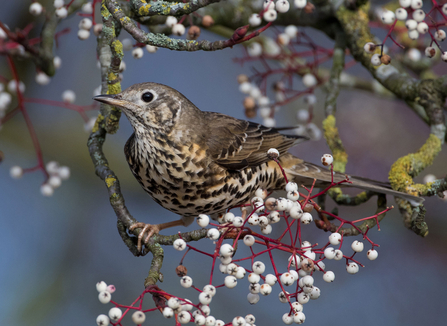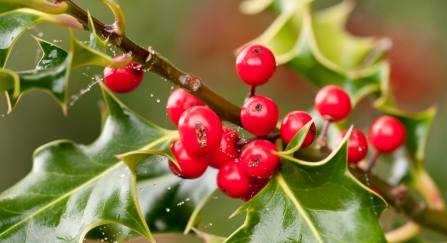In December as we approach the winter solstice, one of the largest common owls, the tawny owls establish their breeding grounds during the longer winter nights. So you are more likely to hear the 'twit-twoo' at this time of year, which is actually the “Kewick” call from the female Tawny owl followed by the ‘Hoo, hoo-hoo-hoo’ male reply.
With the shortest days of the year, it’s even more important to get outside in natural daylight during December mornings to keep healthy and happy. You can find beauty in nature even in winter. Woodlands look wonderful with the intricate shapes of branches seen more starkly against the backdrop of a bright winter sky.
The bare trees also make it easier to spot woodpeckers, robins, wrens and other woodland birds. Listen out for their songs, as robins and wrens sing loudly all through the winter and never fail to lift your spirits on a cold winter’s day.



